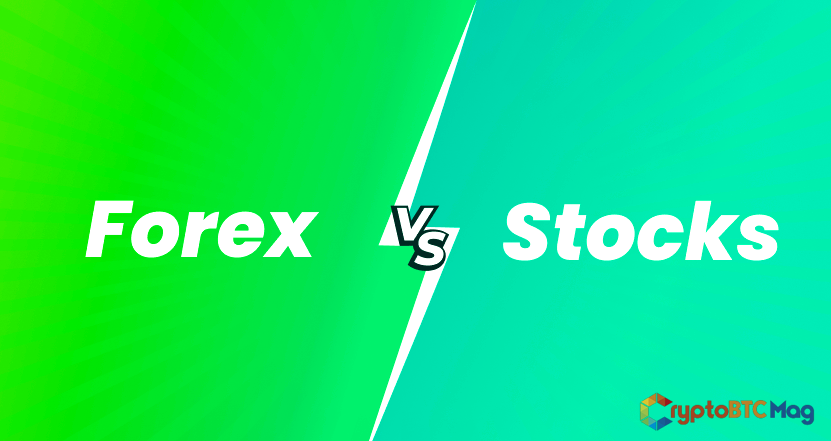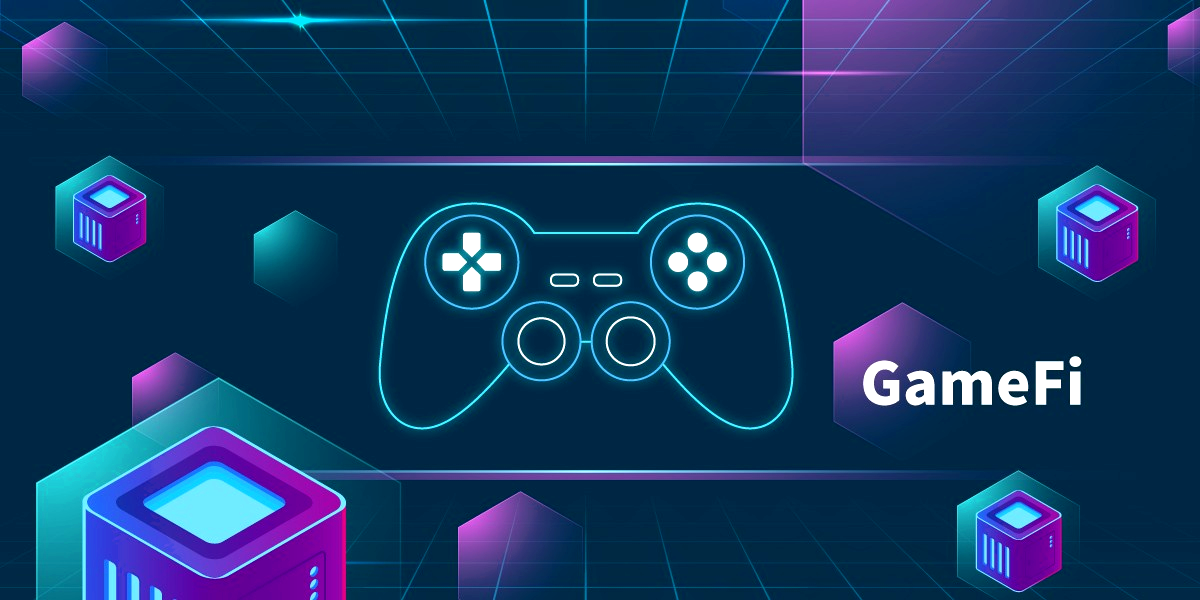
Is the blockchain used by every cryptocurrency?
The answer is no, according to the definition of cryptocurrency. Using cryptography to provide security is the defining trait of all cryptocurrencies. Also, cryptocurrencies are not made by a central body like a bank. In theory, the government can’t control or mess with them.
In blockchain technology, cryptocurrencies were a pioneer. And while blockchain has numerous advantages over traditional, centralized banking systems, some argue that blockchain technology has several disadvantages, including scalability issues, long block formation times, mining fees, and double-spending assaults.
NON-BLOCKCHAIN CRYPTOCURRENCY ESSENTIALS
- Not all cryptocurrencies utilize the blockchain.
- Among them are IOTA, Nano, and Byteball, among others.
- They are based on DAGs or directed acyclic graphs.
- DAGs may eliminate mining fees and speed up transactions.
- DAGs promise to overcome the scaling problem.
- It is possible to launch specific attacks on DAGs.
The dawn of DAGs
In 2009, Bitcoin was the first cryptocurrency to be made public. But it wasn’t just the cryptocurrency that got people worldwide interested. Many people think that the blockchain technology that Bitcoin is based on is the most critical new thing. The technology took the world by storm when it brought peer-to-peer decentralized blockchains into use. For a few years, blockchain ledgers were what made cryptocurrencies stand out. But all of that changed when IOTA became an honest company.
IOTA replaced the traditional blockchain-based distributed ledger with a “directed acyclic graph” (DAG). IOTA’s protocol uses the Tangle algorithm, a DAG-based consensus process. Tangle is the name given by the IOTA team. Tangle is still being made, but it will eventually be used as a distributed ledger like blockchains, but with a twist. When a trader makes a deal, they have to confirm two random values from the past. Each of these two will have already verified two other transactions. Transactions are not stored in a blockchain because they are grouped into blocks. Instead, it is a series of separate trades tied together.
After IOTA came out, many other protocols that didn’t use blockchains did the same. Most of them, though, came up with their consensus algorithms to protect the network from attacks that double-spend. Nano and Byteball are two other protocols that use DAGs besides IOTA.
Read More: What Is The Difference Between Bitcoin And Cryptocurrency?
Each of them uses a different way to come to a decision. The so-called block lattice is used in Nano, which used to be called Raiblocks. Block-lattice gives each user a chain that only they can add. Also, everyone has a copy of all the chains in their hands. Each transaction consists of a send block on the chain of the sender and a receive block on the receiver’s chain. The problem with Block-lattice is that it can attack with small amounts of money. For these, negligible amounts of cryptocurrency are sent to empty wallets to increase the number of chains nodes must track.
DAG vs blockchain
Some view DAGs as a solution to the limitations of blockchain technology. However, it would be putting down one form of technology as being better. In the world of cryptocurrencies, investors frequently attempt to generate excitement for the technologies they acquire. That results in the invention of catchphrases such as “blockchain killer” that represent DAGs as technologically superior to the blockchain.
Although a DAG network outperforms blockchains in certain respects, it is essential to assess the benefits and drawbacks of both.
Advantages of DAGs
The primary advantages of DAG networks relate to mining. Due to the absence of mining, no fees are associated with DAG transactions. As block rewards decrease, mining costs will inevitably increase to encourage miners to continue mining. In this regard, a system that would eliminate mining fees has a bright future.
No mining also reduces latency, which expedites network validation and transaction processing. Once a node gets a transaction, it can confirm it without waiting for a new block to be produced. That may not be as significant as blockchains with rapid or moderate block times, such as Ethereum or Litecoin. However, the gap in time between Bitcoin and Bitcoin Cash is more pronounced.
Disadvantages of DAGs
Existing DAG networks face security issues as a result of their network scale. Each DAG has devised its mechanism for preventing double-spending threats till its networks expand. Despite being designed to become faster as the web grows, IOTA’s Tangle currently relies on a single coordinator node, also known as the proof-of-authority node.
Read More: Genesis Global and other crypto firms being investigated by US regulators
Another DAG-based network, Byteball, utilizes 12 witness nodes to manage the main chain. The developer governs these witness nodes to verify the DAG’s state. While IOTA and Byteball say their solutions are temporary, their centralization poses an issue, as both are, in some sense, administered by a single body.
Trading DAG-based cryptocurrencies
At the moment, you can’t buy all DAG-based cryptocurrencies with fiat currencies like dollars or euros. Most exchanges that support these currencies only let you buy them with other cryptocurrencies, like bitcoins or ether. If you don’t already have cryptocurrency, you’ll need to buy some through one of the few global exchanges where you can use regular money to buy cryptocurrency.






2 Comments